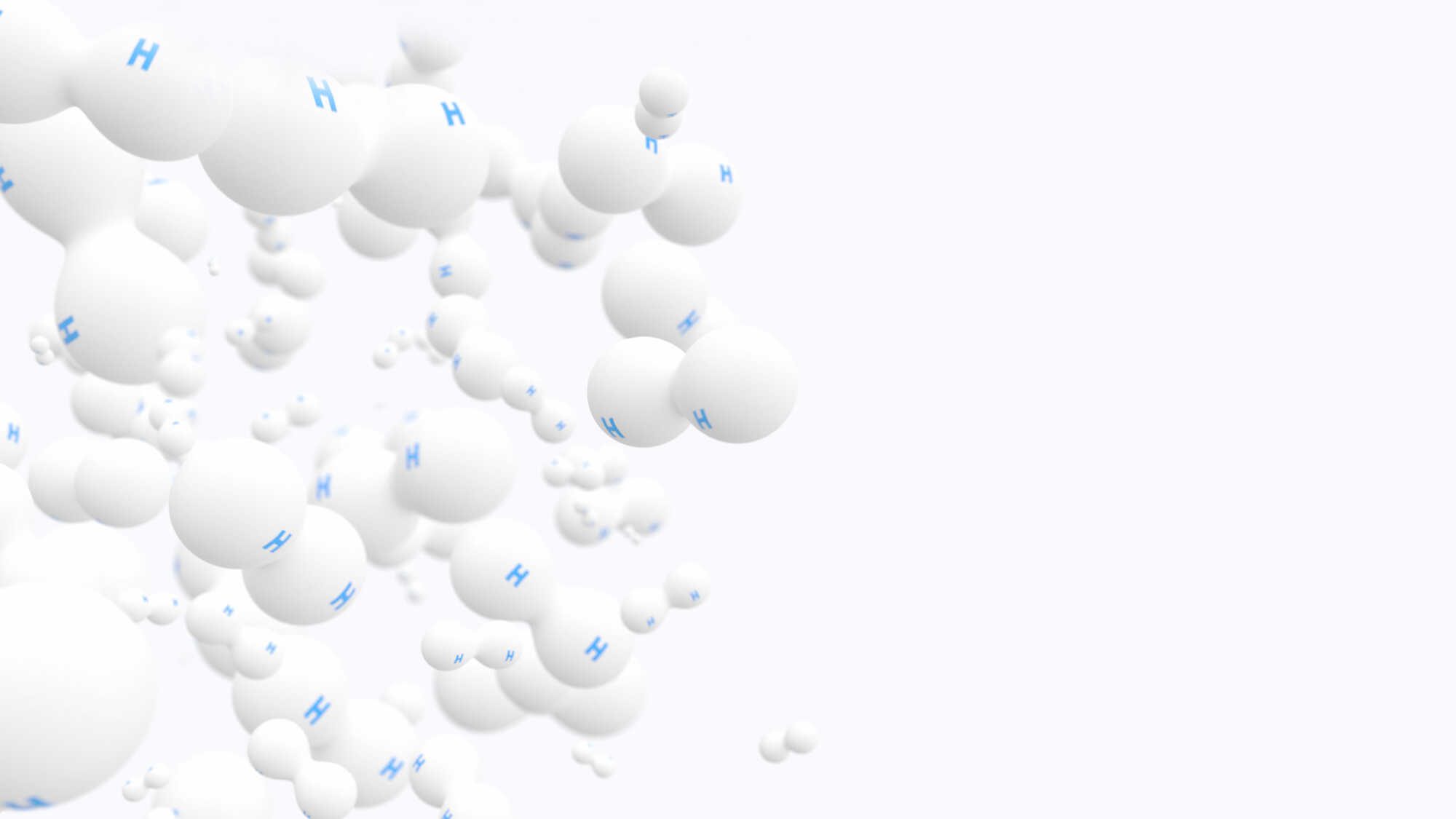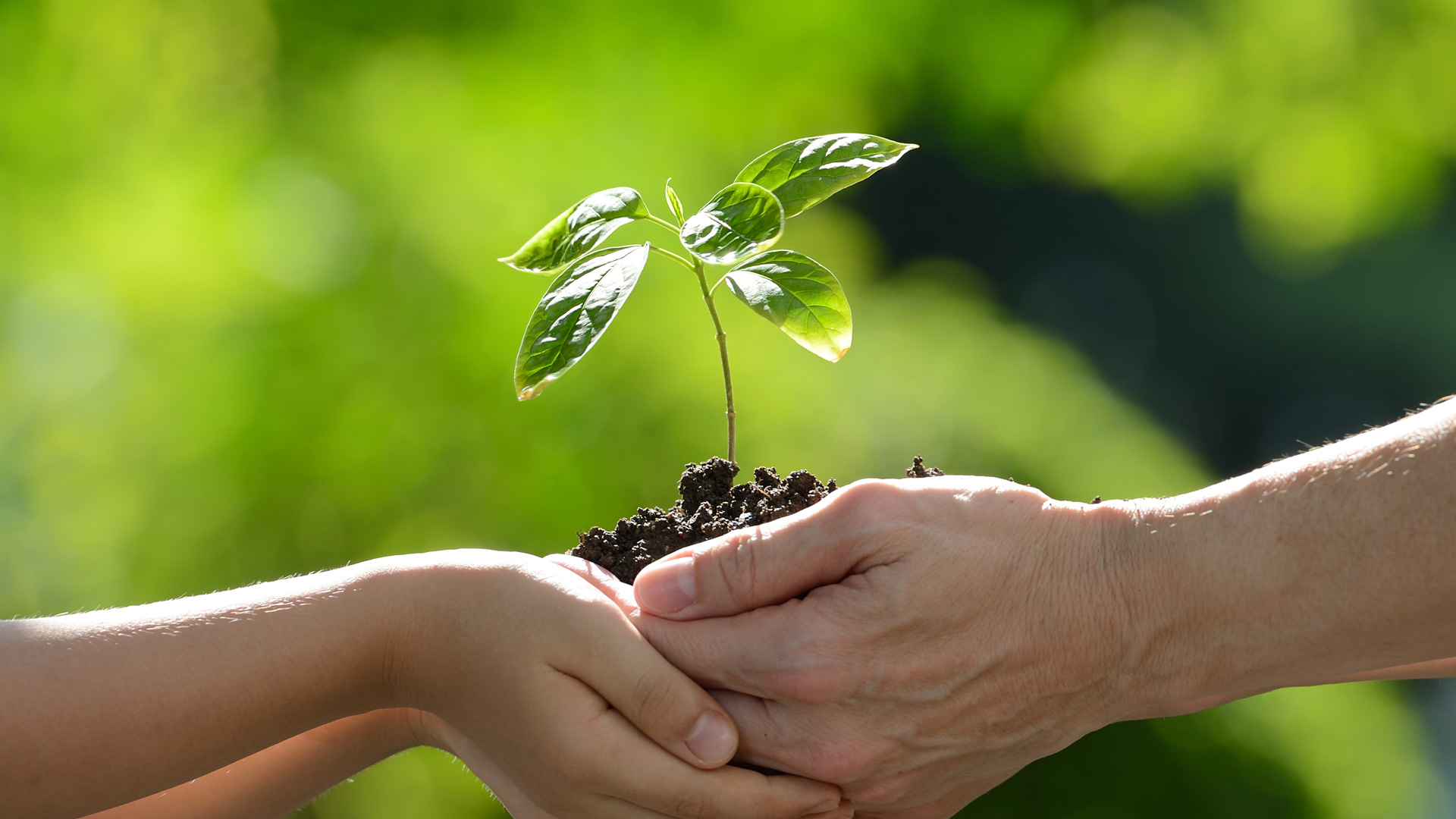November saw the public release of CME’s position paper, Towards Competitive Clean Hydrogen.
This paper was the output of CME’s newly formed Hydrogen Working Group, which articulated a clear opportunity for the Chamber and its members and a series of priority issues to address. With a membership base that comprises would-be producers, transporters and users of hydrogen, CME sees a clear opportunity to work collaboratively with stakeholders to establish Western Australia as a domestic user, producer, and exporter of competitive, low-cost, reliable and low emissions hydrogen.
An energy source touted as far back as the 1800s, which re-emerged on many people’s radars a couple of years ago, hydrogen has suddenly been catapulted forward as a key plank to securing future energy supply while also supporting decarbonisation across industry and society.
The recommendations outlined in CME’s position paper are designed to provide a methodical and iterative pathway forward to realising the hydrogen opportunity – while avoiding a situation where once more hydrogen receives a lot of attention but fails to deliver. Members may recall that Perth trialled hydrogen fuel cell buses in the early 2000s, spanning both Liberal and Labor State Governments. The paper examines opportunities and challenges associated with WA’s aspirations to become a globally significant producer, user and exporter of clean hydrogen, and how government and industry can work together to achieve that ambition without another false start.
As the paper outlines, unlocking the potential for a hydrogen sector in WA will require ongoing, carefully considered collaboration between industry and all levels of government. This would include increased funding for projects to move beyond feasibility or pilot phases, the establishment of hydrogen hubs to promote technological advancement and shared learning, and State and Federal alignment on certification for low-emissions hydrogen.
CME is particularly focused on working with its members and Government to develop a practical land use framework that supports both the development of hydrogen facilities and other high value uses that benefit WA. While the early information outlined by the State Government reflects some of CME’s principles, further detail is required to properly understand the ins and outs of the reform.
Prospective markets for WA hydrogen likewise must be investigated and considered realistically. While opportunities exist to blend a percentage of hydrogen into the State’s existing natural gas networks to use initially for local ammonia production and then for expanded domestic industry uptake, it is overseas markets where most long-term demand will come from. Japan and South Korea, both of which have been extremely active in attempts to incorporate hydrogen into their fuel mixes, loom as natural trade partners with which WA has established long-term relationships.
Competition will come from other jurisdictions, particularly in the Middle East where there is abundant access to land, renewable resources, and water. As seen in other markets, China has the potential to cause disruption to would-be hydrogen producers – this country alone has green hydrogen projects at various stages of development that would double the world’s hydrogen production capacity. As we’ve seen in other manufactured commodities like lithium hydroxide, supply can come on very quickly from China and be hard to predict.
If you would like to learn more about CME’s Hydrogen Position Paper or Hydrogen Working Group, please contact Joseph Doleschal-Ridnell, Specialist – Industry Competitiveness: joseph.d@cmewa.com.






